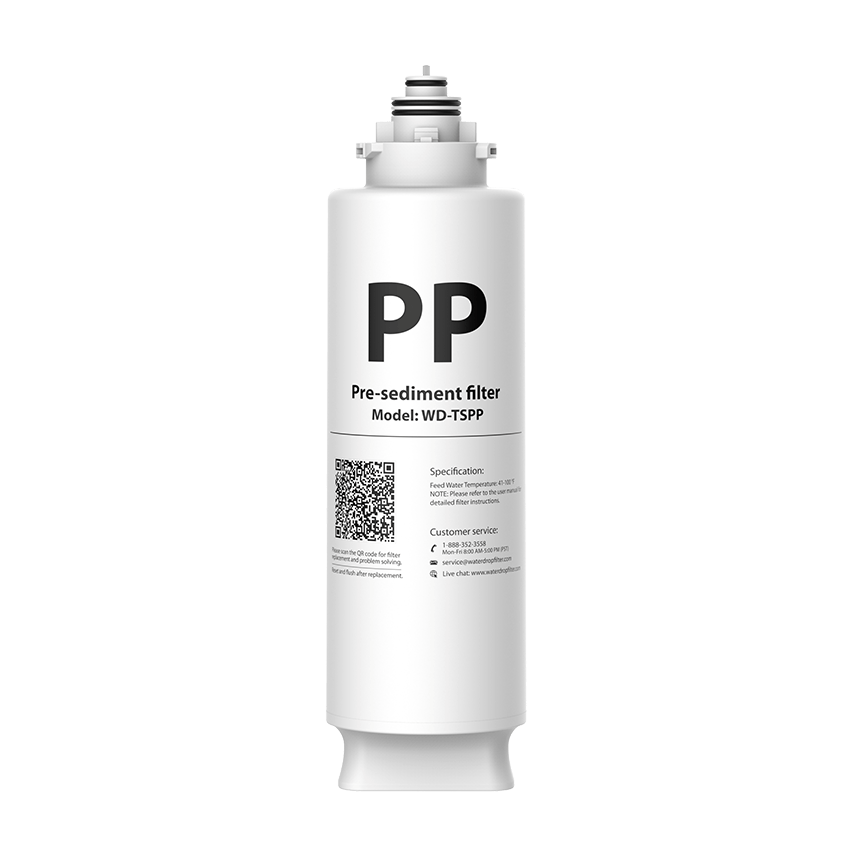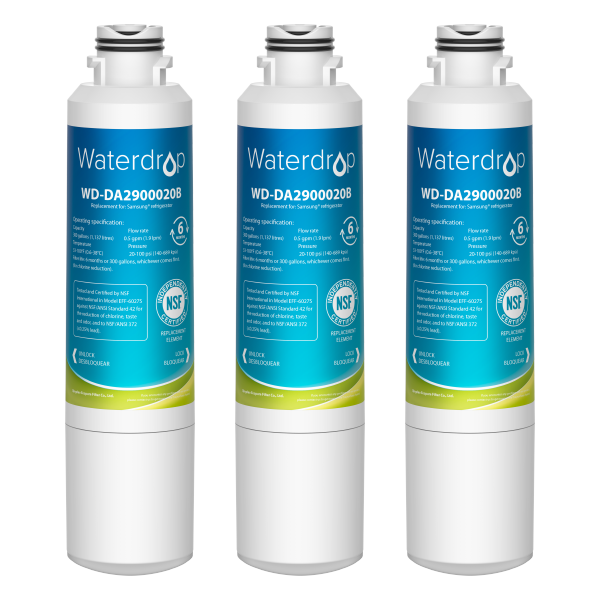How Much Water Should I Drink a Day?
by Dr. Jonathan Doyle - Updated March 31, 2025
Water isn’t just something we sip on a hot summer day at Bondi or grab after a workout—it’s absolutely vital to keeping our bodies ticking. From helping regulate body temperature to flushing out toxins and aiding digestion, water plays a starring role in just about every function of our bodies.
But with so much conflicting advice out there, you’re probably wondering: how much water should I actually drink a day?
Let’s break it down, Aussie-style.
The General Rule: 8 Glasses a Day?
You’ve probably heard the old “8 glasses a day” rule tossed around like a footy. While it’s a handy guideline, it’s not a one-size-fits-all solution.
Here in Australia, where summer temperatures can soar, and we tend to live active, outdoor lives, our hydration needs might be a bit different than someone living in cooler climates.

The NHMRC’s Recommendation
The National Health and Medical Research Council ( NHMRC ) provides clear guidelines on how much water Australians should drink daily:
- Men (19+ years): 2.6 litres/day (about 10 cups)
- Women (19+ years): 2.1 litres/day (about 8 cups)
- Pregnant women: 2.3 litres/day
- Breastfeeding women: 2.6 litres/day
These figures refer to total water intake, which includes fluids from all beverages and food.
Factors That Affect How Much Water You Need
Your water needs can change day to day depending on a bunch of factors. Let’s dive into the most common ones affecting hydration:
The Weather
Living in Australia, especially in warmer states like Queensland or WA, means you’re probably sweating more than someone in, say, the UK. Hot weather increases your need for water.
Tip: In the summer, you may need up to 1 litre more per day than usual.

Exercise and Physical Activity
Whether you’re a weekend warrior, gym junkie, or just taking the dog for a walk, physical activity increases your water needs. You can lose up to 1.5 litres of water per hour of moderate-intensity exercise.
Tip: Drink 500ml to 1 litre extra during and after exercise.
Diet and Food Choices
Eating a lot of salty, spicy, or high-protein foods increases your body’s need for water. On the flip side, fruits and veggies like watermelon, cucumbers, and oranges can contribute to hydration.
Health Conditions and Medications
Certain medications or health conditions (like kidney issues, vomiting, or diarrhoea) may increase or reduce the amount of water your body needs. Always consult your GP if unsure.

Signs You’re Not Drinking Enough Water
It’s easy to get caught up in the daily hustle and forget to hydrate. But your body has ways of sending you distress signals.
Watch out for these common signs of dehydration:
- Dry mouth or bad breath
- Headaches or dizziness
- Fatigue or low energy
- Dark yellow urine
- Muscle cramps
In severe cases, dehydration can lead to confusion, rapid heartbeat, and fainting. If you’re experiencing any of these, it’s best to seek medical attention.
How to Know You’re Drinking Enough Water
The best way to gauge your hydration? Take a peek when you go to the loo.
Clear to pale yellow urine usually means you’re well hydrated. Dark yellow or amber? Time to grab your drink bottle.
Pro tip: Thirst isn’t always the best indicator—by the time you feel thirsty, you may already be slightly dehydrated.
Hydration Tips That Actually Work (And Are Easy)
You don’t need to overhaul your life to stay on top of your water intake. Try these easy hydration tips:
1. Keep a reusable water bottle with you
Whether you’re commuting in Sydney or hiking in the Grampians, having a drink bottle within arm’s reach makes it easier to sip throughout the day.
2. Set hydration reminders
Use your phone or a smart watch to set regular reminders. There are also great hydration apps that track how much water you drink.
3. Add natural flavour to your water
Not a fan of plain water? Add slices of lemon, cucumber, berries or mint to make it more exciting—no need for sugary cordials.

4. Include water-rich foods
Stock up on water-dense produce like:
- Watermelon
- Celery
- Tomatoes
- Strawberries
- Lettuce
5. Count all fluids (not just water)
Tea, coffee, milk, and juice all contribute to your daily intake—but go easy on drinks with added sugar or high caffeine.
Can You Drink Too Much Water?
Yep, it’s rare—but it’s possible.
Water intoxication or hyponatraemia happens when you drink so much water that your body’s salt levels become dangerously diluted. It’s more common in extreme endurance sports or if someone forces excessive water intake.
Rule of thumb: Listen to your body. If you’re drinking gradually throughout the day and not forcing litres down in one go, you’re on the right track.
Final Thoughts: Make Hydration Part of Your Daily Routine
So, how much water should you drink a day? In Australia, the answer depends on your body, lifestyle, and environment—but aiming for around 2 to 2.5 litres per day is a good place to start.
By keeping a bottle handy, eating hydrating foods, and listening to your body, staying on top of your hydration becomes second nature. Remember: being well-hydrated keeps your brain sharp, your mood stable, and your energy levels up. So go on—cheers to your next glass of H2O!
Contaminants Detected in Fruitland Water Special Service District
30
Contaminants
EXCEED EWG HEALTH GUIDELINES
EXCEED EWG HEALTH GUIDELINES
30 Total Contaminants in Your Water
Water Provider
Fruitland Water Special Service DistrictPopulation Affected
120,000Water Source
Ground waterExceeds Guidelines
Others Detected









